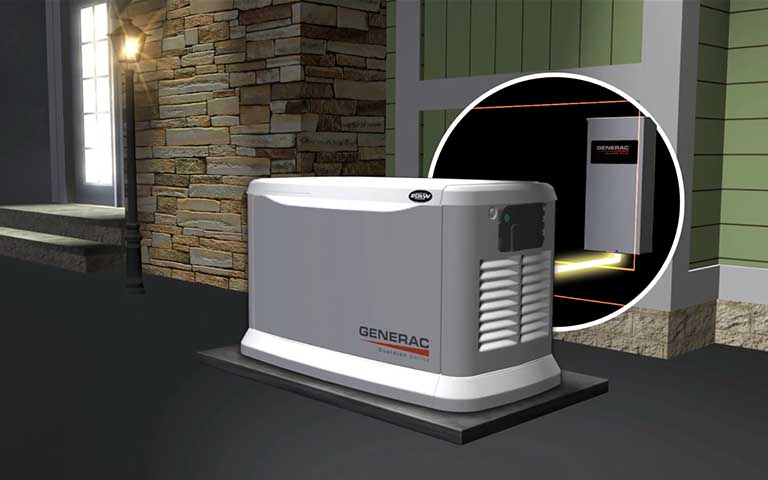If you have a generator installed or standby at your commercial property, now is the time to test it out and make sure it is in working condition. The rainy season will be here in weeks, and hurricane season is less than 3 months away. You do not want to be caught with a non-working generator should the power go out. While this is true for homeowners and property owners alike, it is especially true if you are a commercial operation. Tenants and companies rely on the power being operational so that they can continue their lives and business. Therefore preventative generator maintenance is essential to keep your generator running smoothly, ensuring it is there when you need it.

If correctly maintained, your generator should last as long as 30 years. Generators are available in a wide selection of sizes and styles, so the components listed below may or may not be a part of your model. If you are uncertain about properly identifying these components or performing the tasks on this checklist, you can refer to the manufacturer product guide or ask a professional electrician who specializes in generator maintenance. Not only will an expert help you to quickly and efficiently maintain your generator, but also to avoid damage to the system.
Commercial Generator Maintenance
- Change Serviceable Parts: These parts should be changed regularly, as they affect performance and longevity. Serviceable parts include the air filter, spark/glow plugs, and fuel filter.
- Check Engine Oil Levels: Engine oil is critical to maintain efficiency and get the longest lifespan out of your generator. Therefore it should be checked and replaced on a regular basis. Remember to check the oil when cold, or wait 10-minutes after operation at a minimum. You should keep oil to a “full” level, and change the oil entirely after 1,000 operating hours.
- Inspect/Flush Cooling Systems: Be sure to inspect and flush cooling systems according to manufacturer recommendation. Check the overflow tank to make sure that you have adequate coolant levels, as well as the lines and connections for any leaks.
- Check Battery Function: A malfunctioning or dead battery is the most common reason for emergency generator maintenance. Make sure battery terminals are free of corrosion, that connections are tight, and that batteries retain a full charge.
- Inspect Components: Inspect the exhaust, drive belts and fuel supply piping for any signs of damage or wear.
Test the Alternator & Transfer Switch: If the alternator is producing good power, you are fine. A transfer switch should be checked by turning off power during non-operating hours. - Clean Debris Around Standby Generators: Keep the area surrounding your generator unit free of debris and brush, and make sure the generator itself is free of dirt and grime.
- Perform Regular Test Runs: Generators should be run for 30-60 minutes once a month to ensure it will be ready to run should you need it. A test run will run lubricant through the system, burn off any moisture, and recharge the generator battery.
With hurricane season on its way, now is the time to contact Promise Electric. Whether you need to install a stand-by commercial generator, purchase a portable generator or maintain the unit you have, our master electricians are certified and able to help.
Not sure what you need? Call today for a consultation – we will help you to determine your energy needs and size your new generator correctly. Don’t get caught in the dark – call Promise Electric for your Sarasota business.


